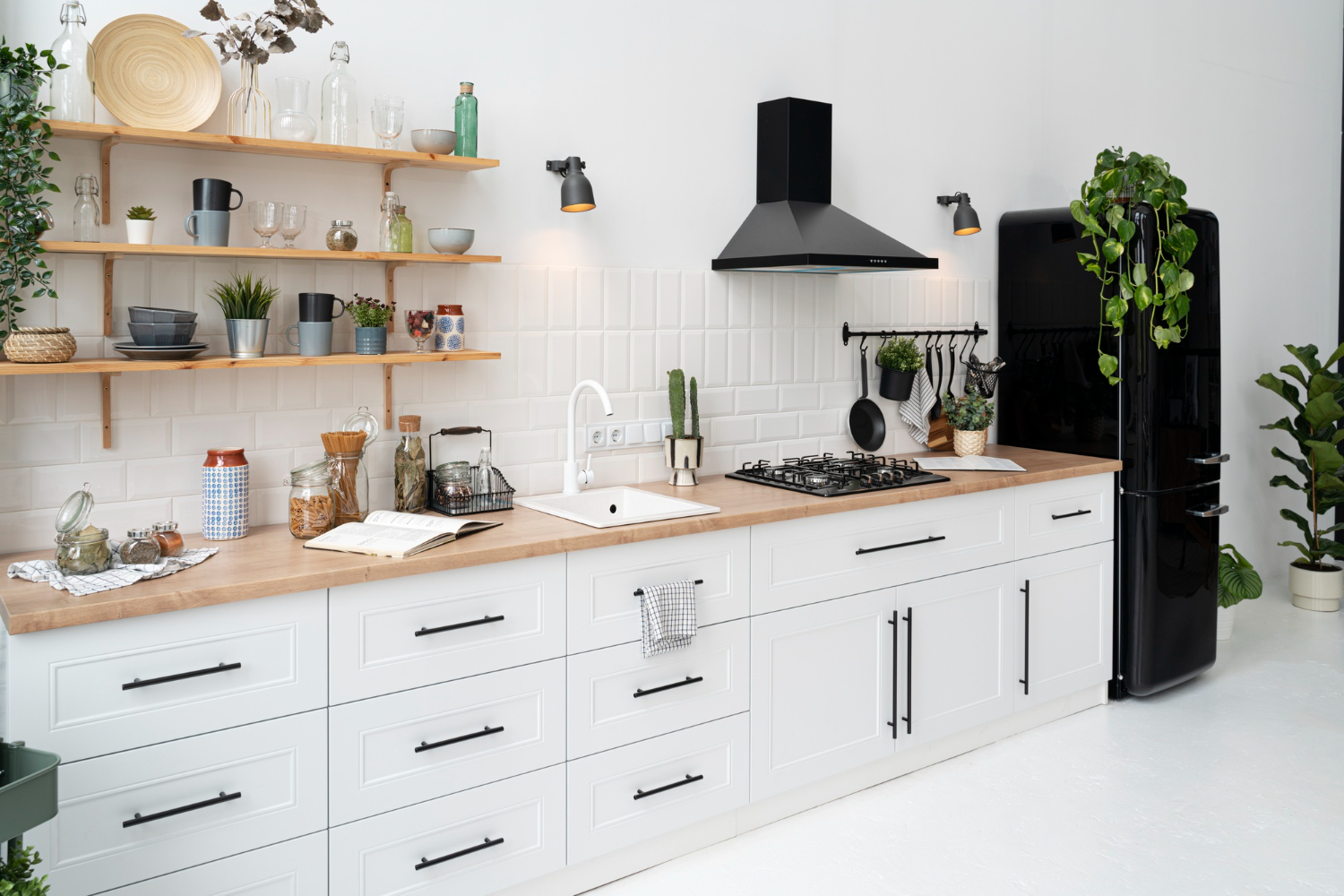- 24 reads


In a time when protecting the environment is of utmost importance, wanting to live sustainably goes beyond simply having a house. By adopting healthy living techniques, renters can also significantly contribute to a greener planet. There are several strategies to lessen your ecological footprint, despite the fact that tenants may not have as much control over their living spaces as homeowners do. Here are six practical ways to practice sustainability while renting a place to live, from eco-friendly practices to energy-efficient gadgets
Reduce, Reuse, Recycle
The maxim of sustainability, "Reduce, Reuse, Recycle," also applies to tenants. Start by limiting single-use items and practicing mindful purchasing to reduce your waste. To cut down on plastic waste, choose products with minimum packaging and think about buying in bulk. Another effective strategy for demonstrating environmental responsibility is through reusing. Consider whether anything may be restored or utilized before throwing it trash. Additionally, make recycling a habit by putting up a recycling station on your property. To make sure you're recycling properly, familiarize yourself with your community's recycling regulations. Try to find innovative solutions to lessen waste in your day-to-day activities as well.
Conserve Water
Water conservation is a crucial sustainability component that is frequently disregarded. Invest in low-flow fixtures and appliances to reduce water waste in your rental. This includes high-efficiency washing machines, aerated faucets, and low-flow toilets. By swiftly repairing leaks and being aware of your everyday routines, such as turning off the faucet while brushing your teeth or using a broom rather than a hose to clean outdoors, you may also practice responsible water use. These little adjustments add up to big water savings. Additionally, to save water and lower your water bill, think about constructing a rain barrel to collect rainwater for outside uses like gardening or watering plants.
Choose Your Rental Thoughtfully

Carefully selecting the best apartments for rent is one of the first and most important stages of living responsibly. Place an emphasis on areas that are close to public transit when looking for the greatest rental flats. By reducing the need for long journeys, being close to work, schools, and facilities can help you lower your carbon footprint. Additionally, choose rentals in structures with green accreditations like ENERGY STAR or LEED (Leadership in Energy and Environmental Design). These certificates show that the building complies with stringent sustainability requirements and has energy-saving systems that are advantageous to both the environment and your budget.
Energy-Efficient Appliances and Lighting
After you've found a place to rent, concentrate on reducing your energy usage. Your appliances should be the first thing you look at. Energy-efficient appliances use less electricity, which lowers your utility costs and carbon footprint in the long run. Verify that your home already has energy-efficient appliances before moving in. If not, think about asking your landlord whether an update could be possible – it might be a win-win situation. Your residence can become more environmentally friendly by switching out incandescent lighting with LED or CFL lighting, which greatly reduces energy consumption. By regulating heating and cooling based on your schedule, smart thermostats can help you efficiently control the temperature in your house and save money on electricity.
Sustainable Decor and Furnishings

Your home's eco-friendliness may be significantly impacted by the furnishings and design you choose. Opt for recycled materials and used furnishings if possible. For environmentally friendly decor, bamboo, salvaged wood, and recycled materials are wonderful options. Consider upcycling or repurposing old furniture if you enjoy DIY projects to give it a new lease on life. When it comes time to replace your furniture, think about selling or donating your old pieces to prevent them from ending up in a landfill. In order to eliminate the need for extra furniture and decorations, adopt the minimalist and decluttering concepts, and streamline your living space.
Green Transportation and Commuting
Sustainable living includes your everyday routines and behaviors, not just your rental. Accept environmentally efficient modes of transportation to lessen your carbon impact. For quick excursions, think about carpooling with friends or coworkers, biking or walking, or taking the bus. It is simple to cut back on your reliance on fossil fuels because many urban areas have bike-sharing programs and dependable public transit networks. You may considerably aid in the transition to a greener future by choosing sustainable mobility practices. Investigate other mobility options, such as electric scooters or car-sharing programs that offer access to hybrid or electric automobiles. These choices can help you have a smaller environmental effect, particularly if you live somewhere with few public transit options.
Renting responsibly is not only feasible but also crucial in the worldwide fight against climate change. Both landowners and renters share responsibility for sustainability, and every tiny modification you make to your place of residence will help ensure a more sustainable future for everyone.

